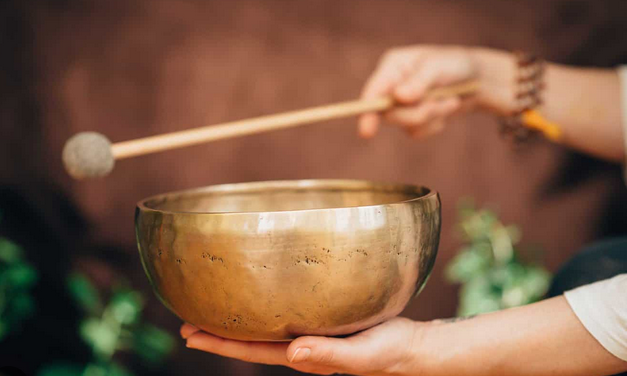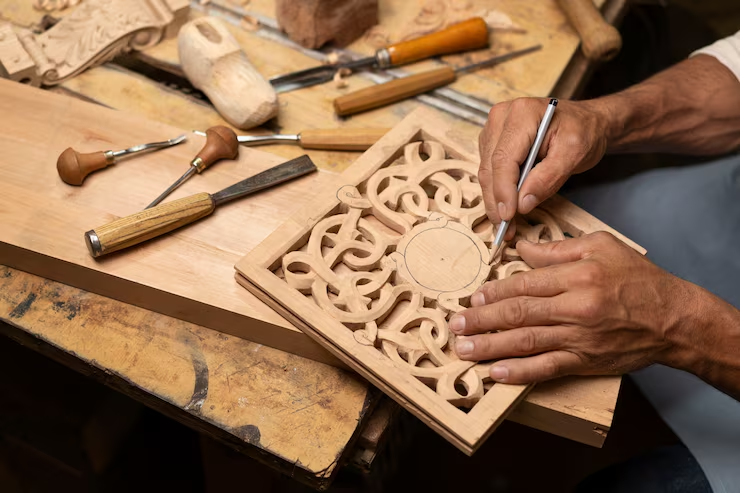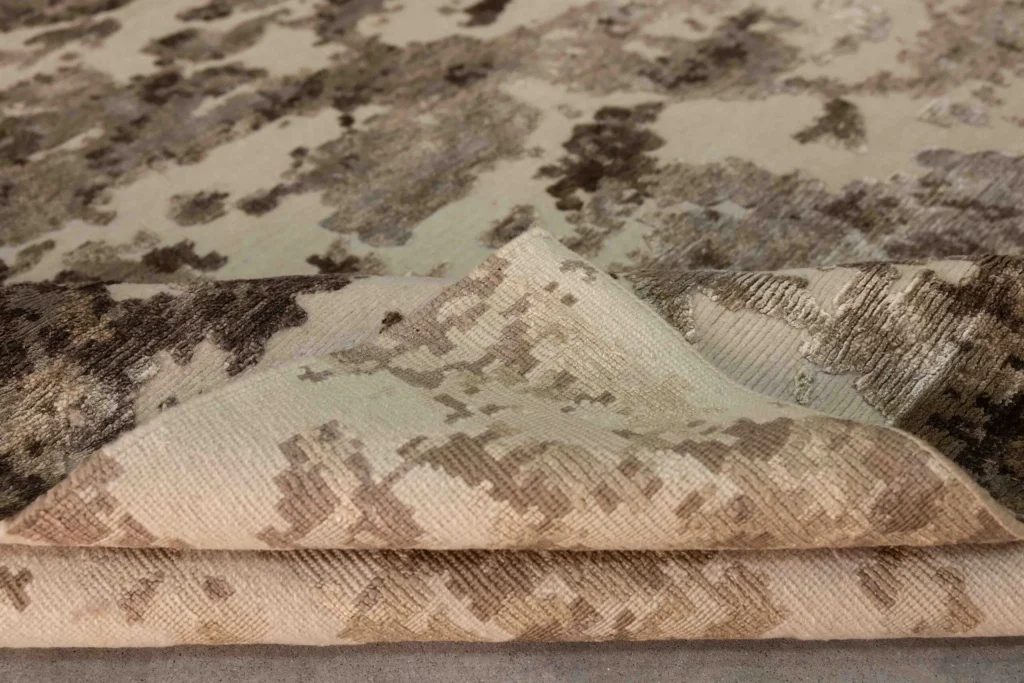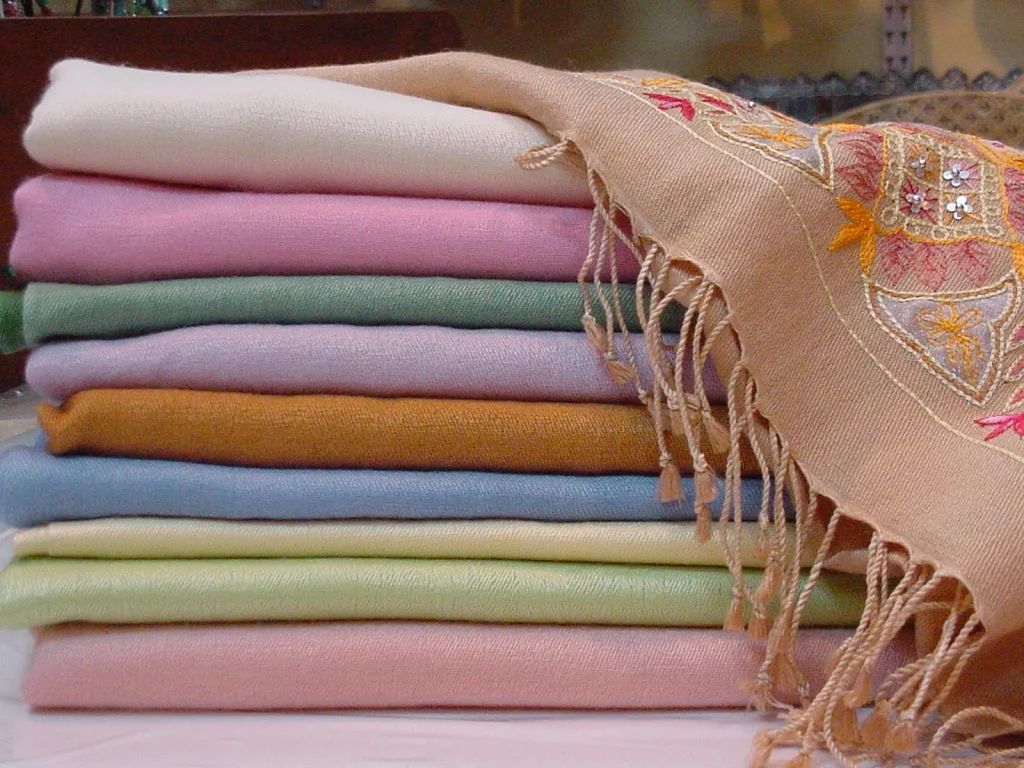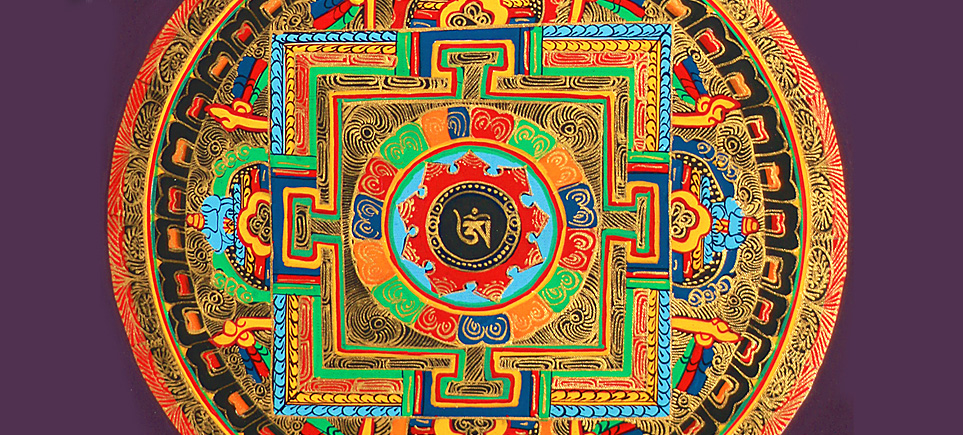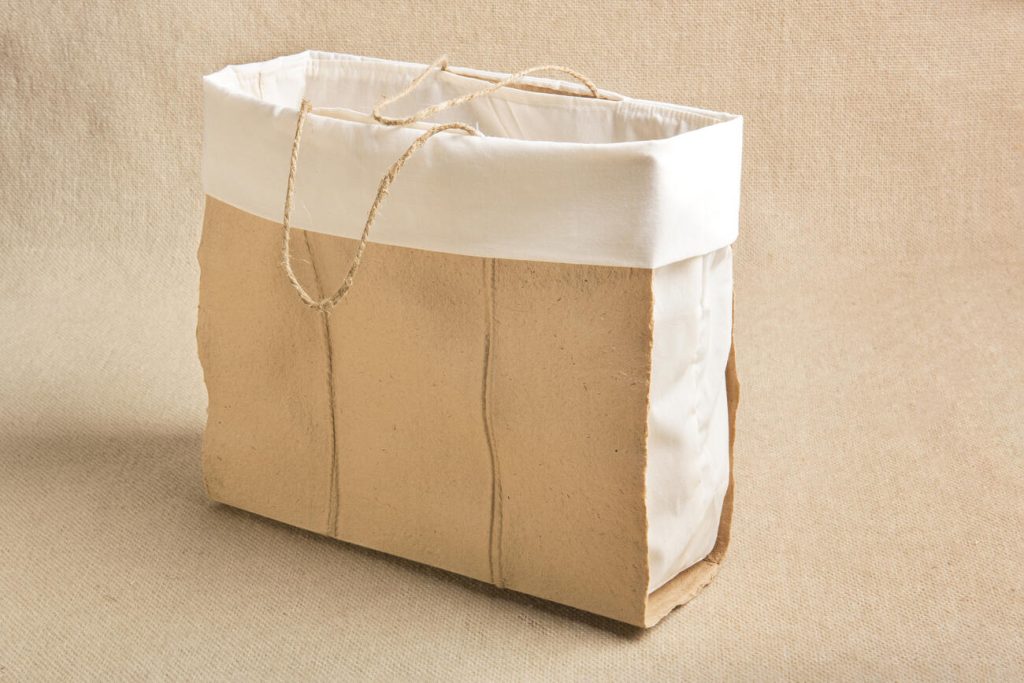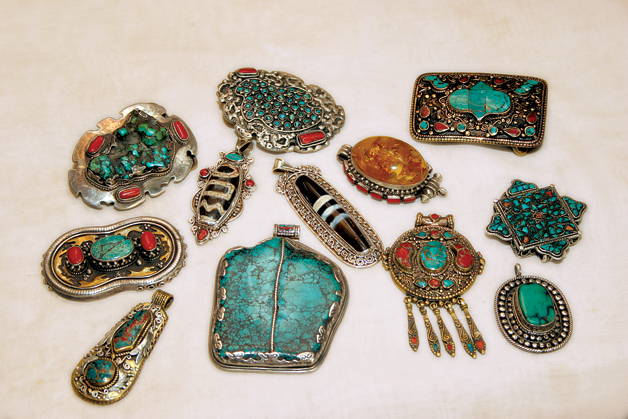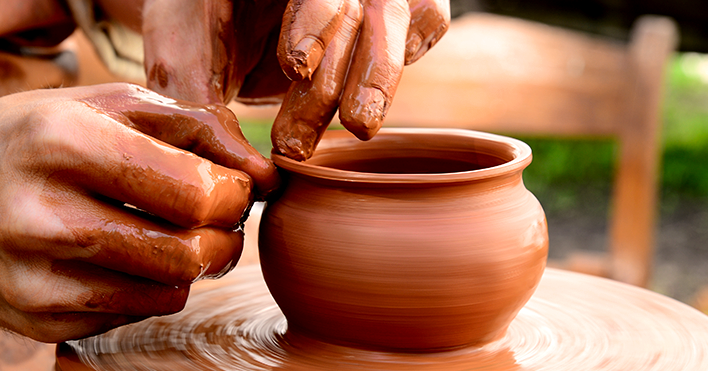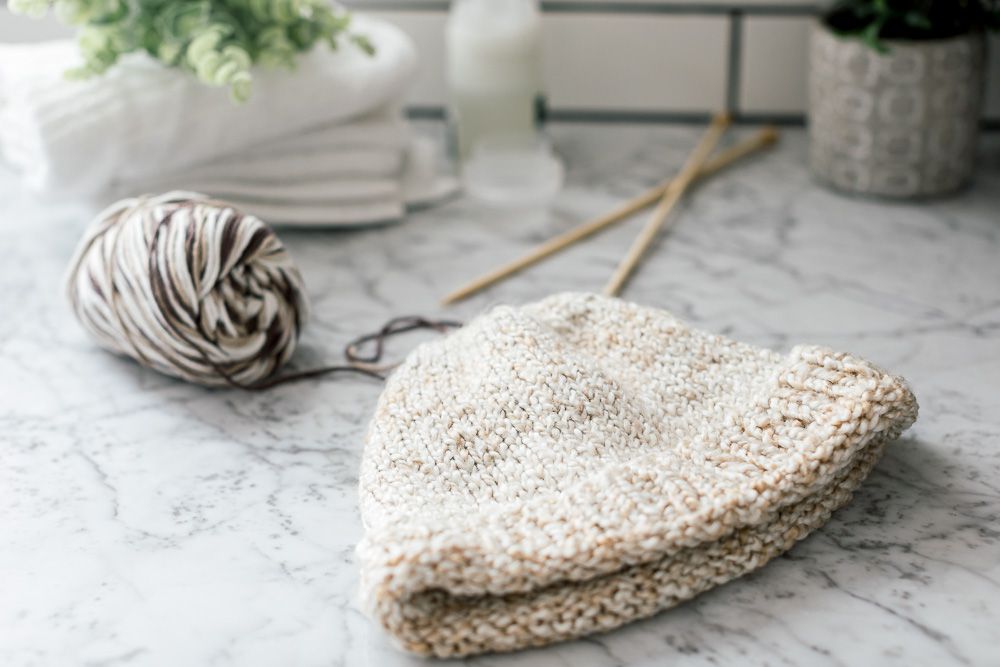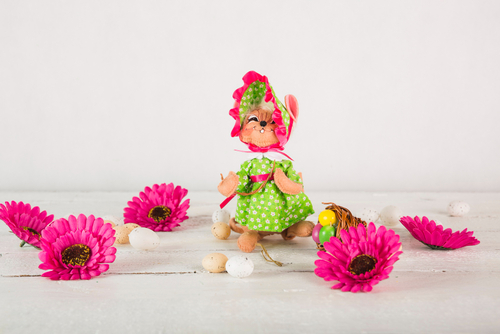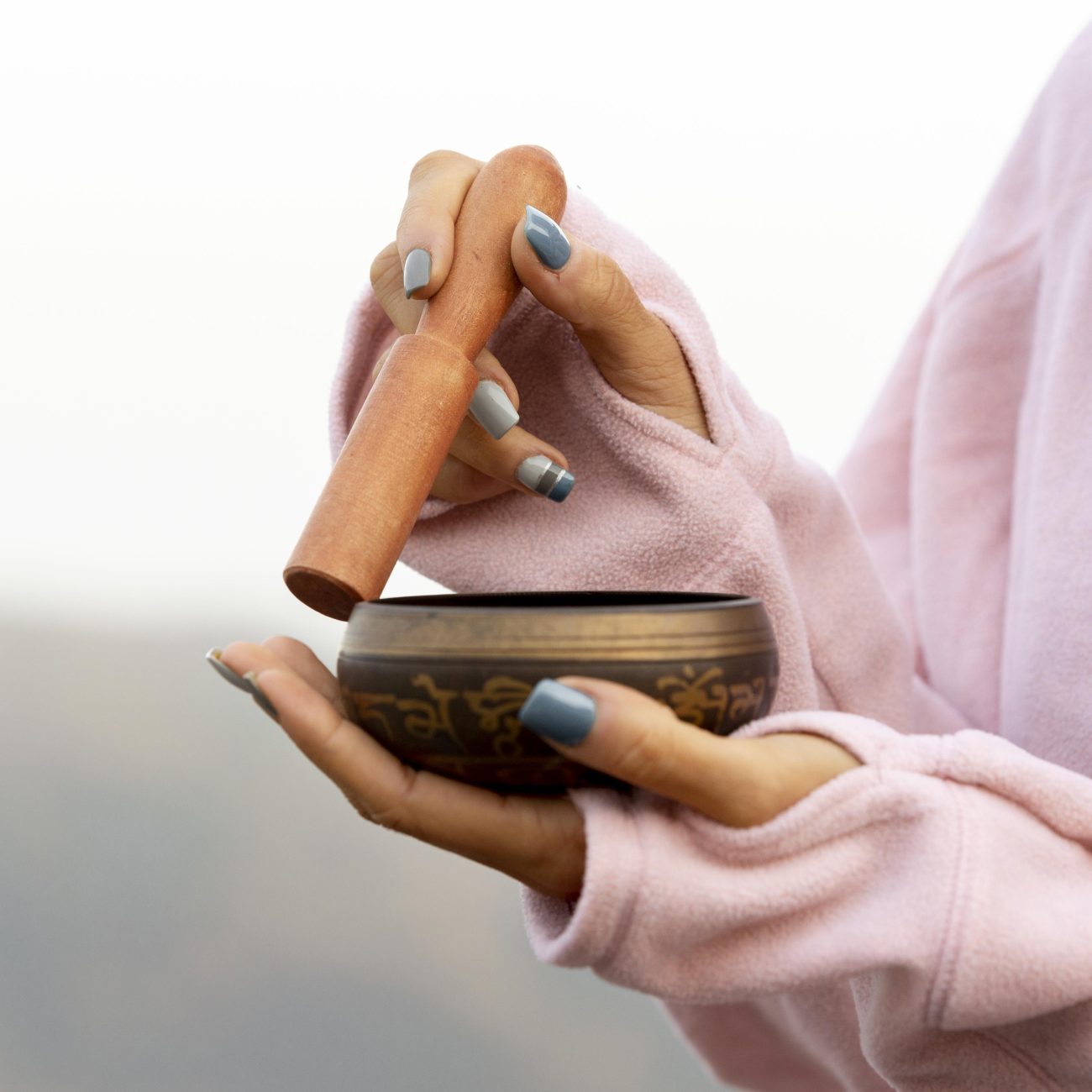Why Are Thangka Paintings So Expensive?
(And Why Every Brushstroke is Worth It)
1. The First Impression — “Why does this cost so much?”
If you’ve ever walked into a Himalayan art gallery or monastery gift shop, chances are you’ve stopped in front of a Thangka painting, jaw slightly dropped — not just because of its beauty, but also its price tag. Some Thangkas cost a few hundred dollars, while others go into the thousands (even tens of thousands).
At first glance, it’s easy to wonder — isn’t it just paint on cloth? But the truth is, every Thangka holds layers of history, symbolism, and labor that stretch far beyond what meets the eye.
Let’s unpack it.
2. What exactly is a Thangka?
A Thangka is a traditional Buddhist scroll painting — usually depicting deities, mandalas, or spiritual scenes — created on cotton or silk using natural pigments.
But unlike regular paintings, Thangkas are not just for decoration.
They are spiritual tools, used for meditation and rituals in Tibetan Buddhism. Monks and practitioners meditate on them for hours to visualize teachings and connect with divine energies.
So, in a sense, you’re not just buying a painting — you’re buying a spiritual map hand-painted with devotion.
3. The Making Process — A Journey of Precision and Patience
Creating a Thangka is an art of discipline, not speed.
Here’s what goes into it:
- Preparation of Canvas:
The artist stretches fine cotton on a wooden frame, coats it with a mix of chalk and glue, then sands it smooth — almost like polishing marble.
This alone can take 2–3 days. - Drawing the Deity (or Mandala):
Every figure must follow sacred geometry. Artists use precise measurements that have been passed down for centuries. A single wrong line can ruin the entire composition. - Natural Pigments & 24K Gold:
The colors come from crushed minerals like lapis lazuli (blue), malachite (green), cinnabar (red), and real gold dust. These materials are rare and costly — lapis alone can cost over $100 per 100 grams. - Weeks (or Months) of Painting:
A small Thangka may take 2–3 weeks.
Larger ones, with intricate details, can take 6 months to a year.
The average skilled artist spends over 200 hours on a single piece.
So when you think about it, it’s not just art — it’s time, patience, and prayer embodied in color.
4. The Artists — Masters, Not Machines
Most Thangka painters begin their training as teenagers under a master artist. It takes 10+ years to truly master the art form.
Unlike modern painters who can experiment freely, Thangka artists follow strict iconographic rules.
They must understand Buddhist philosophy, geometry, symbolism, and color psychology — all while maintaining steady hands and meditative focus.
And here’s something that often gets overlooked — the number of Thangka masters is declining.
Young artists are moving toward digital art or commercial design, making traditional Thangka painters rarer than ever.
Scarcity, as economics will tell you, always drives up value.
5. Authenticity Matters — Not All Thangkas Are Equal
The global market for Buddhist art has exploded. According to a 2023 cultural trade report, Nepal and Tibet export millions of dollars’ worth of Thangkas annually, with high-end collectors in the U.S., Japan, and Europe leading the demand.
But — there’s a catch.
The rise in machine-printed or mass-produced Thangkas has flooded the market. These are often sold for cheap, giving a false sense of the art’s worth.
Authentic hand-painted Thangkas, certified by monasteries or known ateliers, can range from $500 to $15,000, depending on size, materials, and lineage of the artist.
When you buy a real one, you’re paying for:
- The artist’s spiritual and technical mastery
- The use of mineral pigments and gold
- The months (or years) of effort
- The cultural preservation of a dying art
6. The Spiritual Value — Priceless Beyond Money
To many Buddhists and art lovers, a Thangka is not an “object” at all — it’s a living presence.
Each deity or mandala is painted following ritual processes, often blessed by monks before completion.
Some even say a Thangka radiates energy that influences the atmosphere of the room — a bit like how a candle changes the mood, but on a spiritual level.
So yes, its cost may be financial — but its value is emotional and spiritual, often beyond price.
7. Real-World Perspective — A Living Tradition in Modern Times
Interestingly, institutions like the Kathmandu University Centre for Art and Design and the Norbulingka Institute (Dharamshala) are now working to train a new generation of Thangka artists.
Yet even with such efforts, the supply remains small compared to global demand.
Some Thangkas have been auctioned for over $100,000 at Sotheby’s and Christie’s, especially antique pieces with lineage or monastery provenance.
But even contemporary ones, when crafted by recognized masters, easily command thousands.
8. So, Are They Worth It?
Absolutely — if you understand what you’re buying.
A Thangka isn’t just about beauty on the wall. It’s:
- A symbol of devotion
- A result of centuries-old craftsmanship
- A piece of living Himalayan heritage
- And a quiet reminder of patience, mindfulness, and meaning
When you hang a Thangka, you’re not just decorating your space.
You’re preserving an ancient story — one brushstroke at a time.
Final Takeaway
The next time you come across a Thangka painting and feel that sticker shock, pause and think:
You’re looking at months of meditation in color form.
Centuries of tradition painted by hand.
In a culture that refuses to rush beauty.
And maybe, just maybe — that’s exactly what makes it worth every penny.


